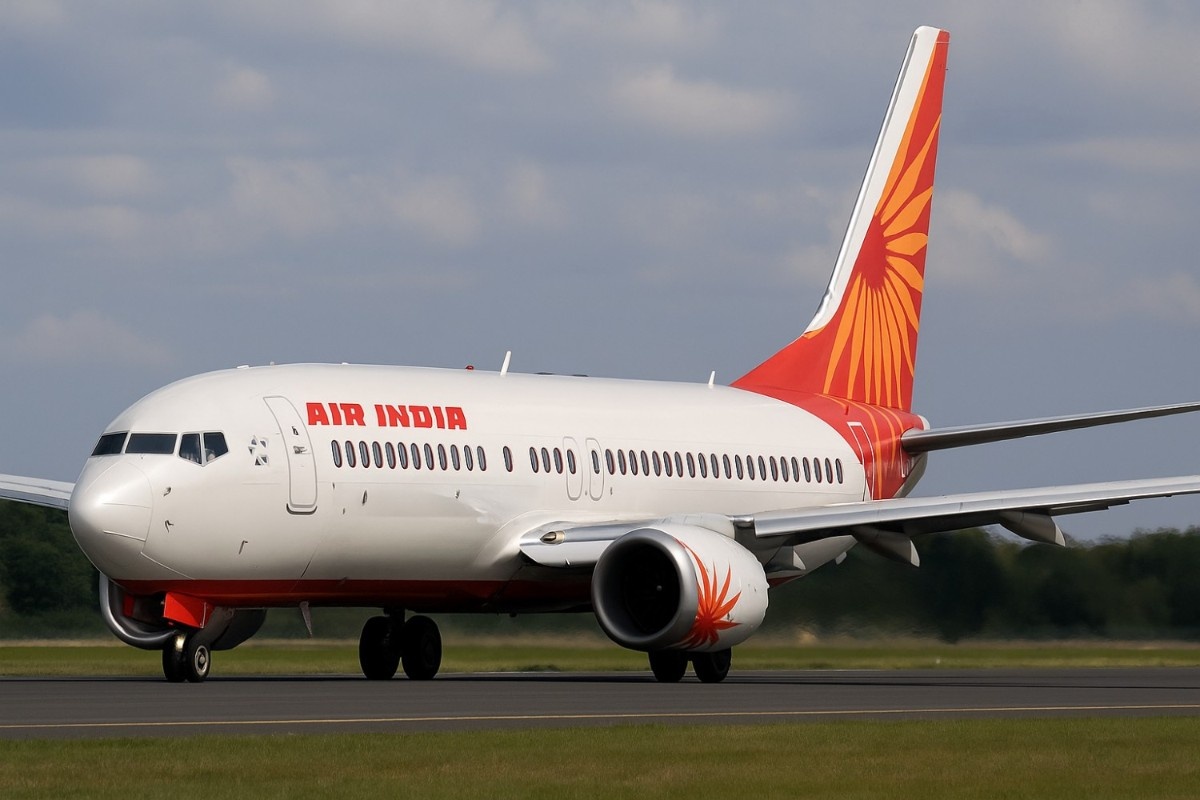In a recent incident that once again brings aviation safety into focus, an AirIndia Express flight from Kozhikode to Doha was forced to return shortly after takeoff due to a technical issue. The flight, numbered IX375, was scheduled to fly from Kozhikode Calicut International Airport (CCJ) to Doha, Qatar. It took off at 9:17 AM aboard a Boeing 737 aircraft.
Just minutes into the flight, the pilots encountered a technical snag. Following standard safety protocols, the aircraft was immediately diverted back to its origin. The crew took quick action, prioritizing the safety of passengers and aircraft. The aircraft landed safely back in Kozhikode without any injuries or panic among passengers.
An official spokesperson from AirIndia Express confirmed the incident. He stated, “The aircraft returned due to technical reasons shortly after takeoff. Passenger comfort and safety remain our top priority. Refreshments were provided during the delay, and a replacement aircraft was arranged promptly.” The statement added that the flight resumed its journey after necessary checks and with a fresh aircraft.
This is not the first technical concern reported by AirIndia this week. Several other events involving the airline have raised questions about the condition and maintenance of its fleet. However, the airline insists that safety remains its top priority, and every precaution is taken to avoid risk to passengers and crew.
Earlier this week, a Hong Kong to Delhi flight operated by AirIndia (AI 315) faced a concerning situation post-landing. As passengers prepared to disembark, a fire broke out in the Auxiliary Power Unit (APU) of the aircraft. The APU, responsible for providing power while the aircraft is on the ground, shut down automatically as per its design. The crew swiftly brought the situation under control, and thankfully, there were no injuries reported.
In another incident, a Delhi to Kolkata flight (AI 2403) had to abort takeoff. Just as the plane started its takeoff roll, cockpit crew detected a technical issue. Their swift decision to halt the flight likely prevented a more serious problem. All 160 passengers were deboarded as per safety guidelines. Later that evening, the flight finally took off after resolving the technical issue.
A third incident involved an AirIndia flight from Kochi to Mumbai (AI 2744). The Airbus A320 (VT-TYA) aircraft faced difficulty landing due to heavy rain at Mumbai Airport. The plane veered slightly off the runway, and one of its engines suffered minor damage. Despite the tense landing, all passengers were safely evacuated. The airline praised the efforts of the cockpit and cabin crew for handling the situation professionally.
These back-to-back events have increased public scrutiny on AirIndia. Many have raised concerns about fleet maintenance, inspection procedures, and the airline’s ability to respond to emergencies. However, aviation experts suggest that the quick actions taken by AirIndia crews in all three cases show that safety training and emergency preparedness are effectively in place.
Aviation analysts argue that while these incidents may seem alarming, technical issues can occur with any airline. What matters most is how those situations are managed. In all reported cases this week, AirIndia followed protocols, used backup systems, and ensured the safety of all onboard.
The Directorate General of Civil Aviation (DGCA) is expected to look into these incidents for further analysis. Their inspections may lead to recommendations for additional checks or operational improvements for the airline.
AirIndia, now under the Tata Group since its privatization, is undergoing a large-scale transformation. The airline is investing heavily in modernizing its fleet, upgrading services, and retraining staff. Still, such incidents show the long road ahead in restoring passenger confidence.
The Boeing 737 aircraft involved in the Kozhikode-Doha return is part of AirIndia Express’s narrow-body fleet. These aircraft are commonly used for regional international routes. Despite being widely used and trusted, every aircraft must undergo rigorous maintenance to avoid such snags.
Passengers on the Kozhikode flight commended the professionalism of the crew. One passenger tweeted, “Kudos to the AirIndia Express pilots for making us feel safe. The return was smooth, and the staff handled everything calmly.” Such praise highlights the human effort behind technical safety.
Industry insiders believe that AirIndia must now focus on transparency. Clear communication and accountability will help the brand regain trust. With global travel on the rise post-pandemic, airlines must ensure that operational excellence meets the highest standards.
Experts also note that weather-related incidents, like the Mumbai runway issue, will increase during monsoon months. Indian airports must ensure upgraded landing aids and drainage systems to support safe landings during challenging conditions.
As the week ends, AirIndia faces a critical juncture. While it has avoided any fatalities or serious injuries in all reported events, the frequency of incidents raises valid concerns. The airline must double down on audits, preventive maintenance, and staff training.
Customer loyalty in the airline industry is fragile. One mishap can severely damage reputation, while consistent safety can rebuild brand value over time. AirIndia’s challenge now is to demonstrate, through actions not words, that it is a carrier worthy of global standards.
Frequent flyers and industry experts alike will closely watch the airline’s next steps. Each flight now becomes a test of AirIndia’s commitment to safety, transparency, and transformation. With public trust at stake, nothing less than complete focus on operational integrity will suffice.
Let this week be a wake-up call, not just for AirIndia, but for the Indian aviation industry at large. The goal should always remain simple yet essential — safe skies and secure journeys for every passenger, every time.
